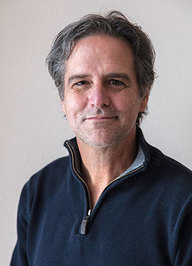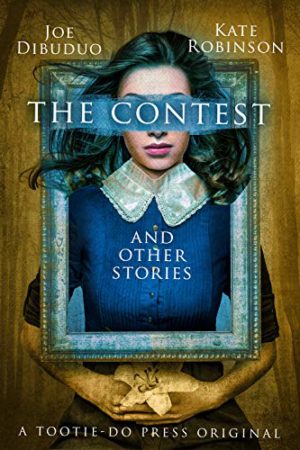
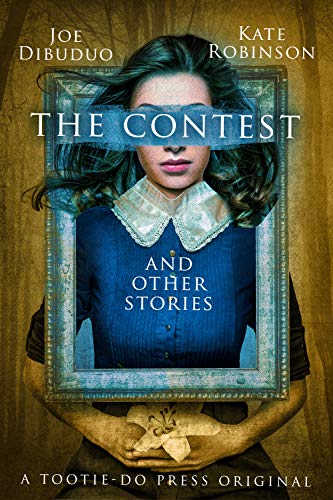
The Contest and Other Stories is exceptional in every respect: concept, writing quality, and pure entertainment value. The nineteen stories in this volume could stand alone as an exquisite collection of short fiction, but the authors have added so much more, framing them, uniquely and imaginatively, in the context of an engaging novella about a struggling art magazine in the 1960s. The magazine holds a monthly short fiction contest, challenging writers to submit tales inspired by classic oil paintings. The nineteen winners of the contest, with the artworks that inspired them, alternate with chapters of the novella.
The short stories run the spectrum from the delightful and fanciful to the macabre and horrific. A few of my favorites: A bone-chilling alternate history of Juan Rodriguez Cabrillo’s demise while exploring Santa Catalina Island in 1542. A look inside the mind of a hallucinating, mad artist, Vincent Van Gogh, negotiating with his muse. A seemingly sweet, romantic nineteenth century tale aboard a passenger ship that surprisingly creeps into a nightmare on the power of memory. A slowly unfolding mystery about the significance of an artifact from the time of Napoleon. A heartwarming paranormal story of reincarnation and transformation, from dead-of-winter tragedy to a sunny future of hope and life.
After each story, I thoroughly enjoyed the ensuing chapter of the novella, eager to learn what would befall the art magazine and its engaging cast of characters, eager to learn, after that, which artwork the editors would choose for the contest and to read the next “contest winner,” assured that it would be something entirely new and outstanding. The novella itself ends in a surprising twist. In short, this was a page-turner, and even better than that, a testament to the value and necessity of art and creativity.
The Contest is for anyone who loves great storytelling, a unique and different reading experience, and thought-provoking themes that honor your intelligence and spur your imagination. I’m thrilled that Kate Robinson, one half of the writing team, has graciously agreed to answer my burning questions about this unique, creative project.
Welcome to VBlog, Kate! Tell us a little about your background and that of your co-author Joe DiBuduo.
We like to say that Joe has the vivid imagination and I have the word-whacking toolbox, as stated in the book bio. Of course, in reality we both have the imaginative and editorial sides of author mind, though we often see things differently. That presents some challenges in collaboration, but it also brings many strengths—the ability to see characters and plots from various angles is helpful.

I began writing poetry in childhood and didn’t become interested in writing fiction until my forties, and my initial immersion in poetry fostered a lyrical aspect to my prose, or so I’m told. Joe began writing fiction in his sixties and later adopted poetry into his daily writing routine after he had a good feel for the mechanics of story. He’s developed a style he calls “poetic flash fiction”—he’s partial to telling stories within the confines of many of his poems.
I’m more an anything goes type of writer—I’m game for whatever my subconscious channels at any particular time, and my body of work is smaller than Joe’s but more diverse in that I experiment with many different styles.
How did you and Joe develop the concept for The Contest?
Joe is an artist who works in many media—glasswork, sculpture, and painting. So he has a natural bent for art and a strong interest in art history. He has a great love of coffee table art books and visiting art galleries and museums, and his walls at home are filled with paintings and his front yard is filled with his massive sculptures.
As Joe was learning to write fiction, he chose to use artwork as story prompts. While he worked with these stories inspired by paintings, he envisioned a connected collection of historical stories linked with a more contemporary story about a young man struggling to find his way in the world. And so, The Contest and Other Stories was born.
When I began crafting story, I used my dream journal entries rather than visual art as prompts.
I’m also a museum aficionado, but I lean more toward appreciation of the historical and anthropological aspects of museum collections. I have a BA in Anthropology with emphasis in Museum Studies and a big interest in indigenous peoples’ cultural stories and in their modern fiction.
So we each brought our unique interests and talents into this quirky collection of stories.
Tell us a little about how your collaboration worked.
Joe began presenting the artwork prompted stories to the critique group we both belonged to in the early ‘00s. I felt these stories were his best work at the time (and I still feel that’s true today). I was thoroughly intrigued with the stories and greatly enjoyed critiquing them. Eventually, Joe had a rough draft consisting of the connecting novella and nearly three dozen stories in various stages of completion. He felt bogged down with the enormity of fleshing out the incomplete stories and paring the collection down to a manageable size, and knowing I loved the stories, he invited me to share his vision as a co-editor and co-author. By this time (early 2011), he still lived in north-central Arizona and I had landed in California after a year of working on a Master’s degree in Wales. So the collaboration became one done via lots and lots of emails forwarded back and forth over the next several years.
In retrospect, Joe had the initial vision and the initial go at writing the collection draft, and I followed up with my two cents. In some cases, I simply line edited nearly finished stories, and in other cases, I did substantial research and writing to complete them. I also designed the book interior and did some marketing in the form of submitting stories to journals and anthologies to drum up interest in the collection. We had a half-dozen stories published in advance of the book.
Each story in this collection is unique. Do you have particular favorites?
I’m partial to the stories in which the artists appear, especially those in the context of magical realism or alternate history—or both. “Night Café” is my personal favorite. “Masterpiece” and “A Life in Flowers” are two others I enjoy reading time and time again.
Joe is also particularly proud of “Night Café” because he’s particularly fond of the work of Vincent van Gogh, and because the story won a quarterly New Short Fiction Award at a music website, Jerry Jazz Musician, in 2012.
Kate, thank you for this insight into your collaboration!
Dear Short Story Lovers,
I highly recommend The Contest! Get it here.
Stay tuned for more short story news, coming your way soon! I have three new stories, to be published this year in a magazine and anthologies. And…wish me luck. My latest collection, Your Pick: Selected Stories, is currently a finalist for the 2019 Montaigne Medal. The award, named for French philosopher Michel de Montaigne, is for “the most thought-provoking books. . .that either illuminate, progress, or redirect thought.”
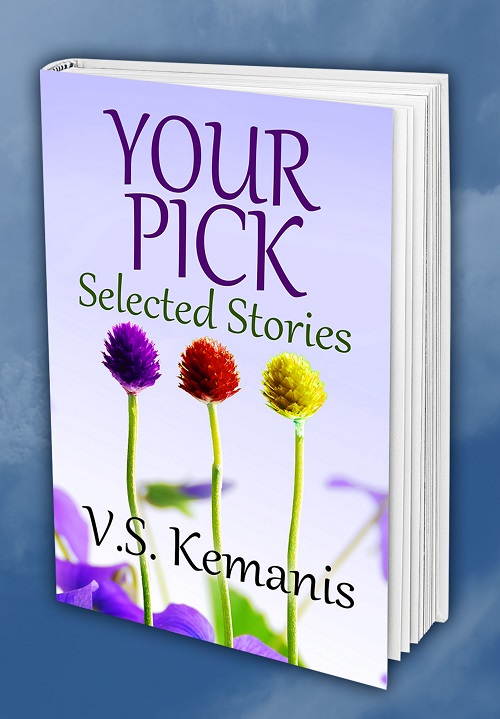

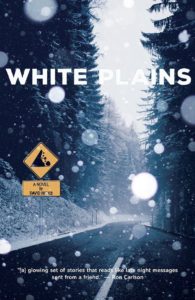 I’m pleased to welcome David Hicks to VBlog for this installment of Fiction Favorites & Awesome Authors. His debut novel
I’m pleased to welcome David Hicks to VBlog for this installment of Fiction Favorites & Awesome Authors. His debut novel 